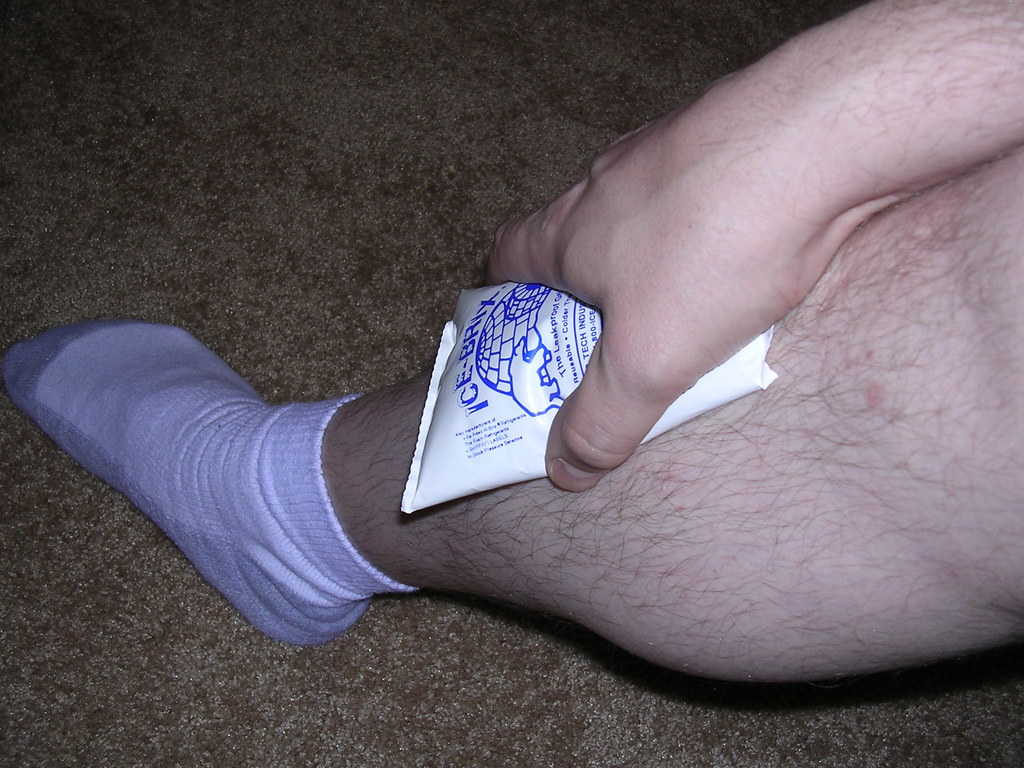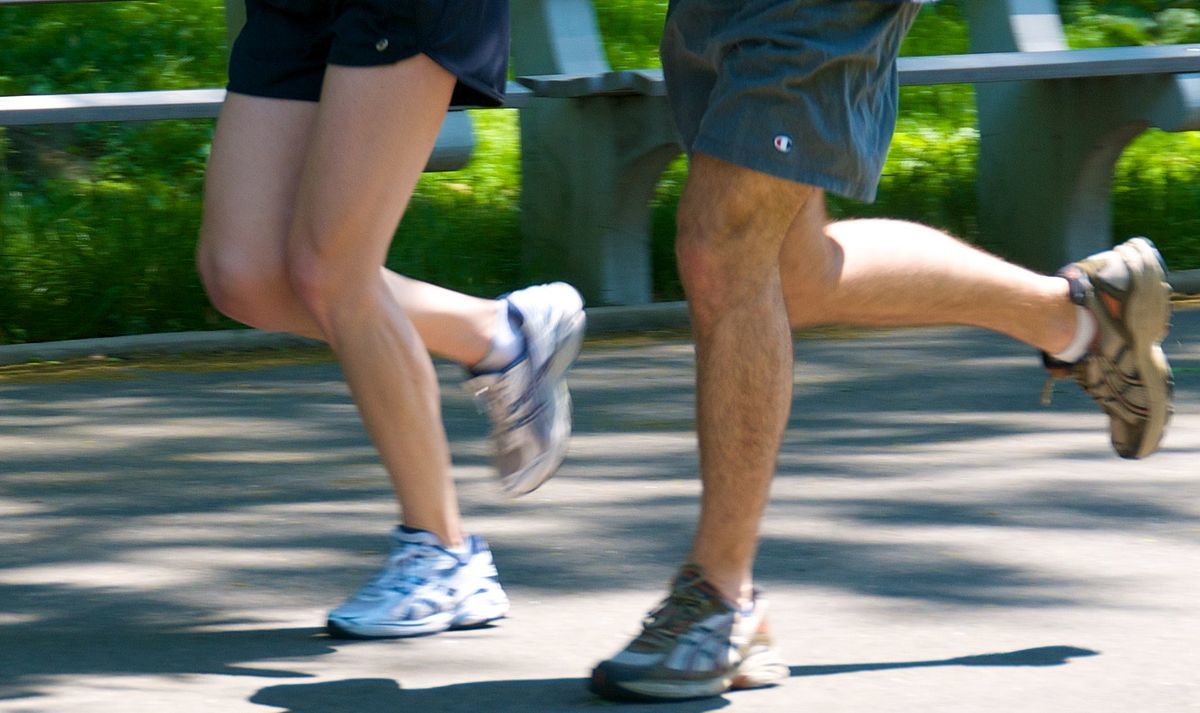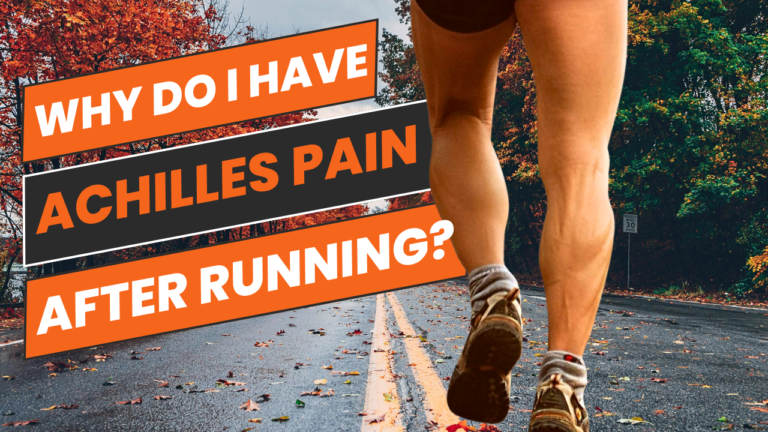Shin Splints is the name given by runners which causes a common pain experienced. This pain is sharp, tender and sore. It can either stop when the exercise stops or remain even when resting.
The medical name for shin splints is medial-tibial-stress-syndrome and describes stress on the leg. When running, your muscles are constantly trying to keep attached to the bone using tendons. When stress is applied through thorough or repetitive exercise, this chain can experience disruption and cause pain.
It is important to know what your body is telling you. Shin splints occur on the inside of your shins. If you feel pain on the outside of your leg, then it could be internal swelling called ‘compartment syndrome’. Or, if there is pain in the lower leg, it could be a stress fracture.
If you experience either of the above two symptoms, get in touch with your local GP.
If you suspect shin splits, then stop running immediately. Apply ice and consult your local GP. Do not try to run through the pain, as excessive stress can lead to a stress fracture.
Table of Contents
What Are The Common Causes Of Shin Splints?
Shin splints are most commonly reported in runners due to the repetitive and strenuous exercise placed on the legs.

Causes of shin splints include:
- Running too far without proper training
- Running too fast
- Not stretching enough before a run
- Not having the right type of running shoes
- Having old running shoes
- Not having a proper running form
- Changing your running routine too drastically
- Running on an uneven surface
- Pre-established trauma such as small tears in the muscle occurring when pulled off the bone
How can I Treat Shin Splints?
Although they fix themselves with time, shin splint treatments are still available. When you have experienced shin splints on a run, it is important to relax with ice on the affected area.
If the pain doesn’t subside with ice or time, you can use non-steroidal anti-inflammatory medicines such as ibuprofen, aspirin or naproxen.
When you’re fit and well enough, do not go back to running. It is important to ease into your exercise using low-stress fitness. Examples include:
- Yoga
- Swimming
- Walking
- Stretching
- Using A Roller-Ball
- Tai-Chi
How Do I Make Sure They Don’t Come Back?
Unfortunately, shin splints are not a one-time occurrence and can return with changes to your running regime. So, it is important to understand the preventative measures available.
Contact a physiotherapist or ask for a GP referral. They will be able to provide you with special stretches to help with the area. An example of these stretches includes kneeling down and then leaning back onto your heels.
If you are an individual with high arches or flat feet, you should consider purchasing orthotics. Or, there are shock-absorbing insoles available that relieve stress on muscles, tendons and bones as part of shin splint treatment.
On the other hand, you should have two pairs of running shoes; to alternate with. They should provide correct support for your type of running. So, road running shoes for roads and tracks and then trail shoes for off-road running.
Final Thought!
Lastly, find a running training plan that suits you. You need to ease back into your running to train your legs at a sustainable rate.
Check out our other blogs for your running needs here at Best Marathon Training Plan!





Can you be more specific about the content of your article? After reading it, I still have some doubts. Hope you can help me.
[…] my post for other types of running injuries such as Stress Fracture and Treatment For Runners and Shin Splints. Thanks for […]
[…] harder makes them faster. But that is not true. Overtraining without rest can lead to injuries like shin splints or tendonitis. Make rest days guarded, and don’t feel guilty about taking them. Use these days to […]